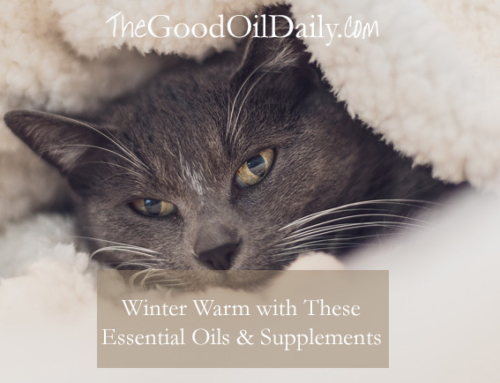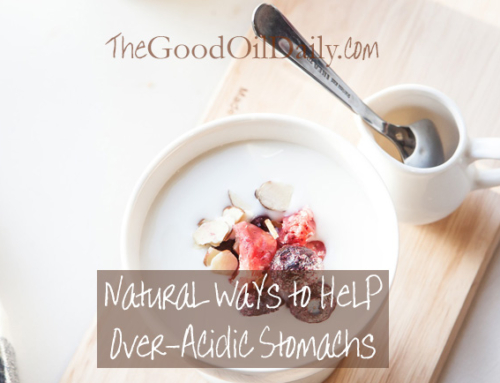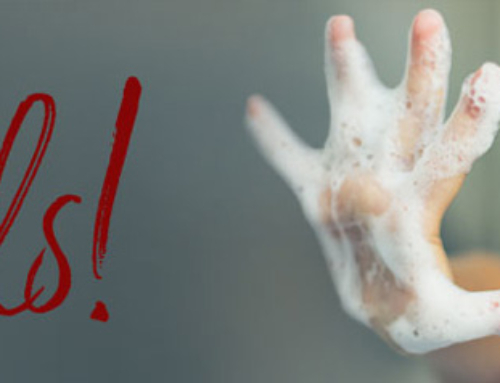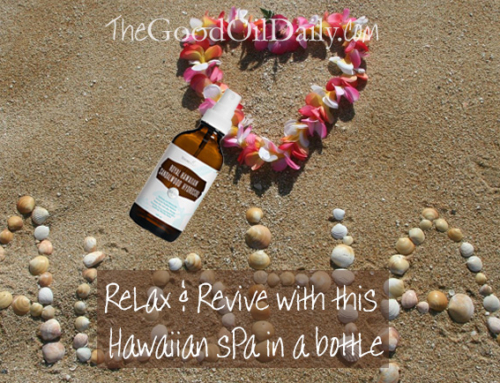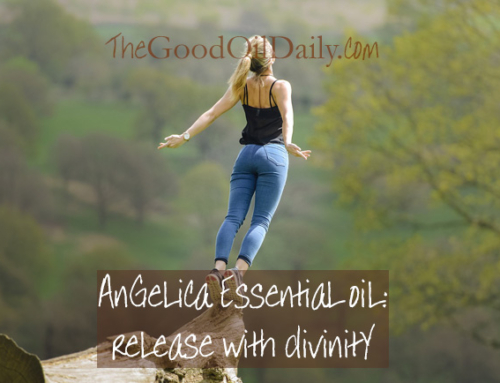Discovering essential oils can feel like being a kid in a lolly shop — except that it’s healthy for the body as well as the soul !
It’s exciting to explore the new smells you’ll be exposed to through essential oils, and how the oils relax you, revive you and restore you.
Essential oils are often called ‘the lifeblood of plants’. When you brush against a rosemary bush or grate some lemon zest, those delicious scents are a part of that lifeblood being released. An essential oil is the aromatic, volatile liquid contained within flowers, leaves, roots, bark, seeds, herbs and shrubs and extracted to harness that goodness. It takes extremely delicate processes to ensure the fragile molecules aren’t damaged, and to keep their hundreds of natural constituents intact and in balance for maximum effectiveness.
And essential oils can be used in a number of ways.
Traditionally, there are three different models or ‘schools’ of use: English, French and German. Today, we’ll take a reconnaissance mission of all three. And as per usual, when using oils, please follow directions on the bottle and the usual guidelines for safe use of authentic essential oils. Thank you !
English
Dilution of a small quantity of essential oil in a large quantity of pure vegetable carrier oil for a relaxing massage. Young Living has an excellent carrier oil called V-6 Enhanced Vegetable Complex™, made with fractionated coconut oil for an extended shelf life, and it’s very easy on fabrics.
French
Topical application without dilution.
Adding a few drops to honey or a similar substance (Agave, for instance), vegetable oil or a piece of bread for consumption. It’s vital to note that the only time this would be considered is when the essential oil is guaranteed pure from a genuine source and is on the ‘GRAS’ (Generally Regarded as Safe) list. Regulations vary depending on local governing bodies, and labels can be a good indicator.
German
Inhalation. Oils can be inhaled directly from the bottle, which is handy ‘on the go’, or through using a cold-air or ultrasonic diffuser which safely turns the essential oils into a mist that hangs in the air. This is very convenient for the whole household to enjoy the effects of the oils, along with helping to freshen the air naturally. You can learn more about that here.
Depending on what you want to achieve, one method can be quicker or more effective than another. It’s pretty much common sense, really — whichever is the most direct route to the area of need. If it’s more of a physical thing, like an insect bite or scratch, topical application on the area works nicely. If it’s mood or feelings related, inhaling essential oils carries them fastest to the control centres that manage such things. And if you have physical discomfort over a larger area or want to nourish your skin and all-around wellbeing with a relaxing massage, the English method of dilution works a charm.
Now that you’re familiar with these schools of thought, here’s a video showing a super-easy way of applying essential oils that the whole family can enjoy.
Enjoy the good oil daily.
This will also connect you up with The Good Oil Team for our personal support and coaching. We'd love to help you on your journey to vibrant well-being the natural way!
Any questions? Please get in touch via our Contact page.


